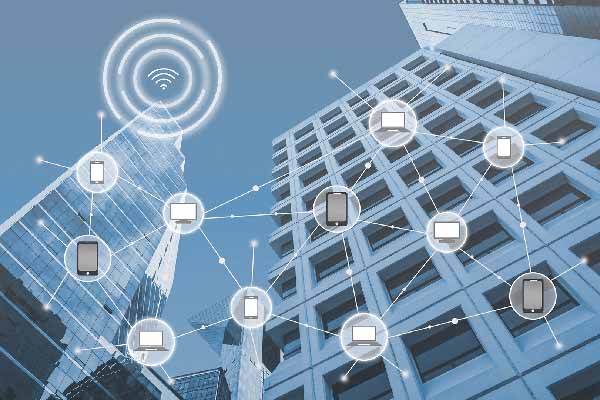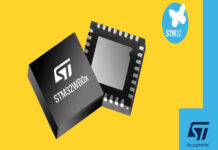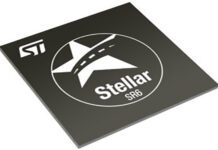IoT is one of the most advanced technologies in today’s world, and it is rapidly advancing smart building. By bringing disparate systems together and increasing the overall quality of the building in a cost-effective manner, technology adds new value. Internet of Things (IoT) driven the sensors and devices have improved efficiencies in many environments, from manufacturing to water treatment. Their ability to harvest data and send it back to a central point makes them ideal for automating management in complex environments.
Now, IoT creates powerful opportunities to automate many aspects of building management, creating benefits ranging from environmental efficiency to cost management. According to Gartner, smart technologies can reduce overall building costs by 30%.
Major changes are beginning to take shape in new construction, where the primary driver is changing from cost reduction to features that enhance the user experience, reduce carbon footprint and change how users and buildings interact. Instead of there being a single “killer-app” for user-experience, we are starting to see a combination of use-cases.
These use-cases leverage IoT, sensors, and connectivity to enable customization of spaces in offices and conference rooms based on occupancy levels and occupant preferences, efficient mobility throughout the building, and they help occupants with location and wayfinding – all controllable by mobile platforms. Most importantly, they are capable of predictive awareness of individual needs.
The building managers get full control of management on a unified platform for monitoring and controlling various parameters in a building – for all utilities integration, to offering precision control, automation, safety lockouts, energy savings and advanced information management systems to enable take corrective actions. Full automation depends on integration with the building-management system (BMS), which can process information from multiple sensors and control building functions remotely. Large commercial buildings use IT applications to connect various BMSs that normally operate independently during operation, enabling them to share information and optimize overall building performance.
Some of the benefits include:
- Reduction of operational inefficiencies and manual labour costs
- Empowerment of facility management with smart tools and solutions to improve productivity and smart decision making with intelligent real time and historical information at hand.
- Be future ready with flexibility to integrate future solutions with the existing scalable platform
- Reduction in the wastage of precious resources
- Optimization of energy consumption and reduction in operational costs
- Detection of faults early, reducing damage to and increase life of costly assets such as DG and Water Pumps by constant monitoring and real-time alerts.
As smart building technologies mature, companies are finding new opportunities to improve their commercial spaces, making them more energy efficient, cost-effective, and improving the working environment. Smart building functions span a range of technologies, each of which can be used on its own, or in conjunction with others to derive even more benefits.
Conclusion
The effects of combining digital transformation solutions with IoT in building management systems can be beneficial in terms of both cost and energy savings. Some of the key benefits of adopting IoT to create smart buildings are automated property management, enhanced tenant experiences, higher energy efficiency, and better service innovation. IoT is the future of building management system and implementing it today can be a cost-effective investment in the overall quality of your building and its occupants.
About the author:

Shweta Berry is Director Marketing and Head of Strategic Alliances- Industry & Academia, Marcom, Sales Enablement and CSR Divisions.














